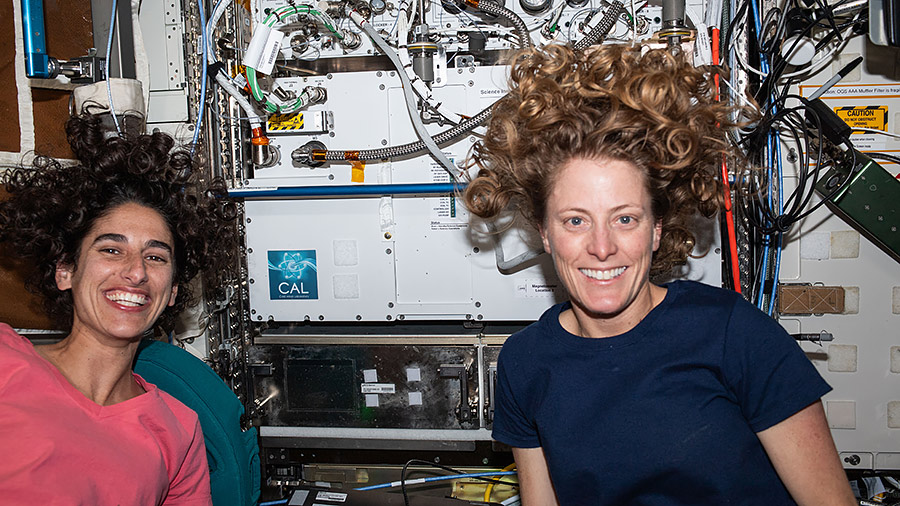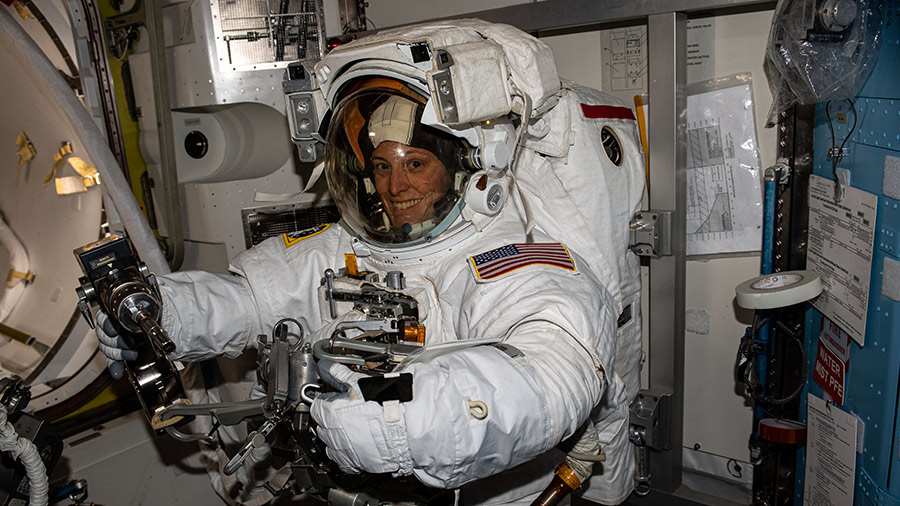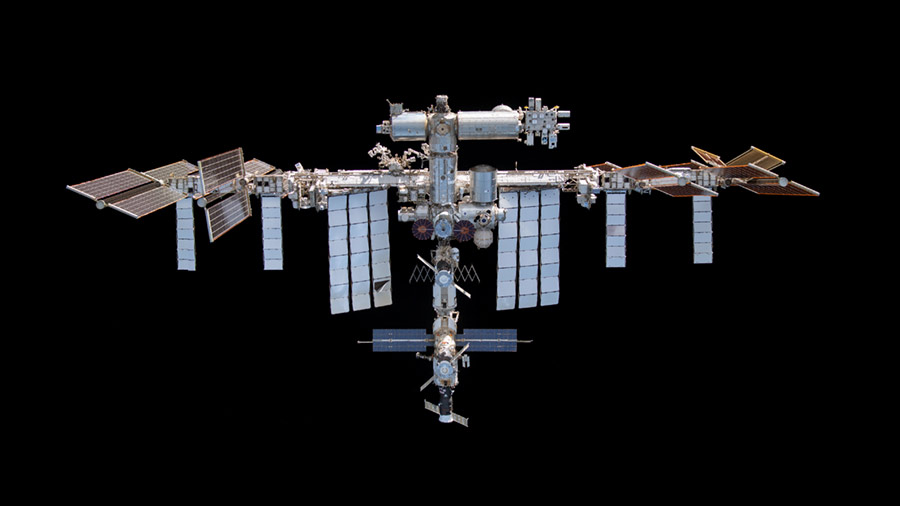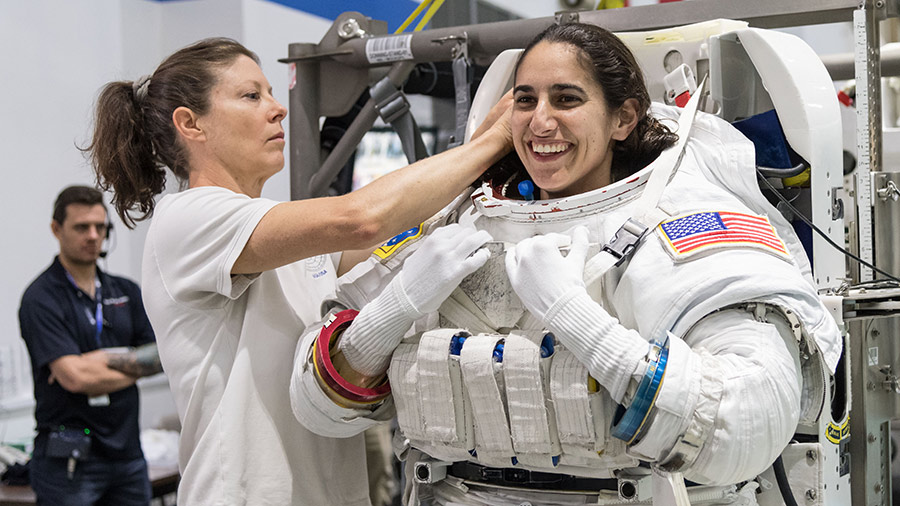
International Space Station managers have rescheduled a pair of spacewalks as they continue to review data from a backup radiator leak that has since ceased. In the meantime, the Expedition 70 crew members had a busy day at the end of the week packed with space research, cargo operations, and more spacewalk preparations.
The next U.S. spacewalk at the orbiting laboratory will take place at 8:35 a.m. EDT on Thursday, Oct. 19. Astronauts Loral O’Hara from NASA and Andreas Mogensen from ESA (European Space Agency) will spend about six-and-a-half hours swabbing station surfaces to collect potential samples of microbes that might survive in the extreme environment of outer space. NASA TV will begin its spacewalk coverage at 7 a.m. on the agency’s app and website.
A second U.S. spacewalk with O’Hara and NASA Flight Engineer Jasmin Moghbeli has been targeted for Oct. 30. The NASA duo will spend about six-and-a-half hours in the vacuum of space removing faulty radio communications gear and installing new solar array hardware.
The trio along with Flight Engineer Satoshi Furukawa from JAXA (Japan Aerospace Exploration Agency) took a pause from their spacewalk activities on Friday. The astronauts refocused their attention on human research and botany while also keeping up electronics and life support maintenance.
O’Hara took a robotics test and provided biological samples for an experiment to understand the psychological and physiological changes an astronaut experiences while living in weightlessness. Furukawa checked carbon dioxide bottles and hoses that support the growth environment inside the Advanced Plant Habitat botany research facility.
Moghbeli began her day transferring cargo in and out of the Cygnus space freighter. She then cleaned the Human Research Facility’s centrifuge chamber before servicing a variety of computers throughout the orbital lab. Mogensen spent Friday collecting water samples for ground analysis from life support systems in the space station’s U.S. segment.
Two Roscosmos cosmonauts are stepping up their preparations for a spacewalk planned to begin at 4:20 p.m. on Oct. 25. Five-time lab resident Oleg Kononenko and first-time space flyer Nikolai Chub will exit the Poisk airlock in their Orlan spacesuits to install new hardware and deploy a nanosatellite. The pair ended the week studying their spacewalk procedures and testing support hardware.
Flight Engineer Konstantin Borisov began Friday training to maneuver the European robotic arm attached to the Nauka science module. Afterward, Borisov opened panels inside Nauka and photographed internal hardware configurations in anticipation of future experiments.








